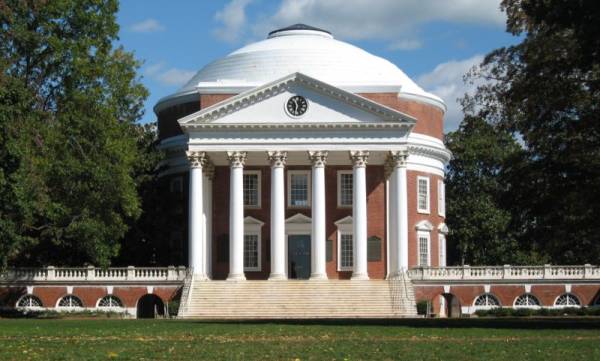Examining Racism In Modern Justice And Criminology

There continues to be very real and pervasive elements of racism and classism in the American justice system. Though elements of the law seem colorblind and judicious, the practice of policing, identifying, and punishing ‘criminal’ behavior have taken very serious racial undertones.
Criminal profiling is the process of using known principles of psychology and criminology to create the profile of a potential offender. That’s usually what you see when all the detectives of Law & Order: Criminal Intent get together and start putting pictures, pins, and evidence up on a cork board. There is little evidence that this criminal profiling is actually effective, as it mostly relies on common sense justifications. It is, nonetheless, a tactic that is used in police stations across the country.
The ugly stepsister of criminal profiling is racial profiling. On the surface, it seems to make sense. If reported suspects include a 5’4 white woman and a 6’2 black man, why would the police search for anyone else? Unfortunately, eyewitnesses are often incorrect and influenced by outside factors, and racial profiling can have damaging effects on those innocent people who “fit the profile.”

One of the biggest stories to hit the press in recent years occurred in a vibrant college town in Virginia. For over six years, a serial rapist haunted the town of Charlottesville, home of the University of Virginia. From 1997 to 2003, the police were unable to catch the man who raped at least six women, and devised a plan to acquire the DNA of every person who met the suspects profile. Unfortunately, the information was extremely limited: police had a series of sketches depicting very different people, with the only common denominator being the suspect was a black male:

They asked residents to come forward with the names of those who fit the composite sketches. Around 690 “candidates” surfaced in the investigation, mostly by neighbors who thought the men acted strangely or fit the profile, and at least 75 were added to the list due to their criminal histories. Immediately, 400 people were eliminated due to incarceration at the time of the attacks, or because their DNA samples were already in the database. That left just under 200 men on the list to be tested.
Offers tracked down 197 men and asked for a swab of their DNA, all but ten of them agreed. While everyone in the community wanted the serial rapist caught, not many Charlottesville and surrounding residents found the police methods to be effective, fair, or constitutional.
One of the ten people to refuse was a 27-year-old UVA graduate named Steven Turner who told the Washington Post, “The suspect is a black man, and he needs to be caught. But the way the police are conducting this investigation, [just] because the suspect is a black man, every black man is a suspect.”
While cases such as this aren’t commonplace, it still begs the question: does policing and criminology go too far? When viewing side-by-side images of the composite picture and the pictures of the potential suspects, many of them look nothing alike. In fact, in this particular case, the offender turned out to be a middle-aged, married man with a family who was not anything like the suspect envisioned by police and witnesses. Young Steven Turner had one thing in common with the offender: the color of his skin.
It cannot be understated that intentions of officers and lawmakers in these cases are generally pure, but there is too much room for subjectivity and violation of privacy that these methods of racial profiling typically go too far. In an area of the country still working to solve racial divides, these methods are especially unwise.
While Criminology in college classes often focuses on the statistics, the real-life practices are generally less objective. It is not clear where the discrepancy lies. The modal crimes include robberies and homicides, but the crimes that affect the livelihoods of the most people generally tend to be white-collar crimes, which are typically orchestrated by rich, white men.

Some specialists believe that there is a very serious case of systematic racism in the United States Judicial System. Bill Quigley provides a list of fourteen examples, the most serious being:
11. The US Bureau of Justice Statistics concludes that the chance of a black male born in 2001 of going to jail is 32% or 1 in three. Latino males have a 17% chance and white males have a 6% chance. Thus black boys are five times and Latino boys nearly three times as likely as white boys to go to jail.
12. So, while African American juvenile youth is but 16% of the population, they are 28% of juvenile arrests, 37% of the youth in juvenile jails and 58% of the youth sent to adult prisons. 2009 Criminal Justice Primer, The Sentencing Project.
Perhaps a widespread reformation of the entire judicial system is required to rid it of racial profiling and subsequently, disproportionate crime and punishment results. While things always work out in the end on a television show, the practices of the American justice system aren’t nearly as effective in real life.









